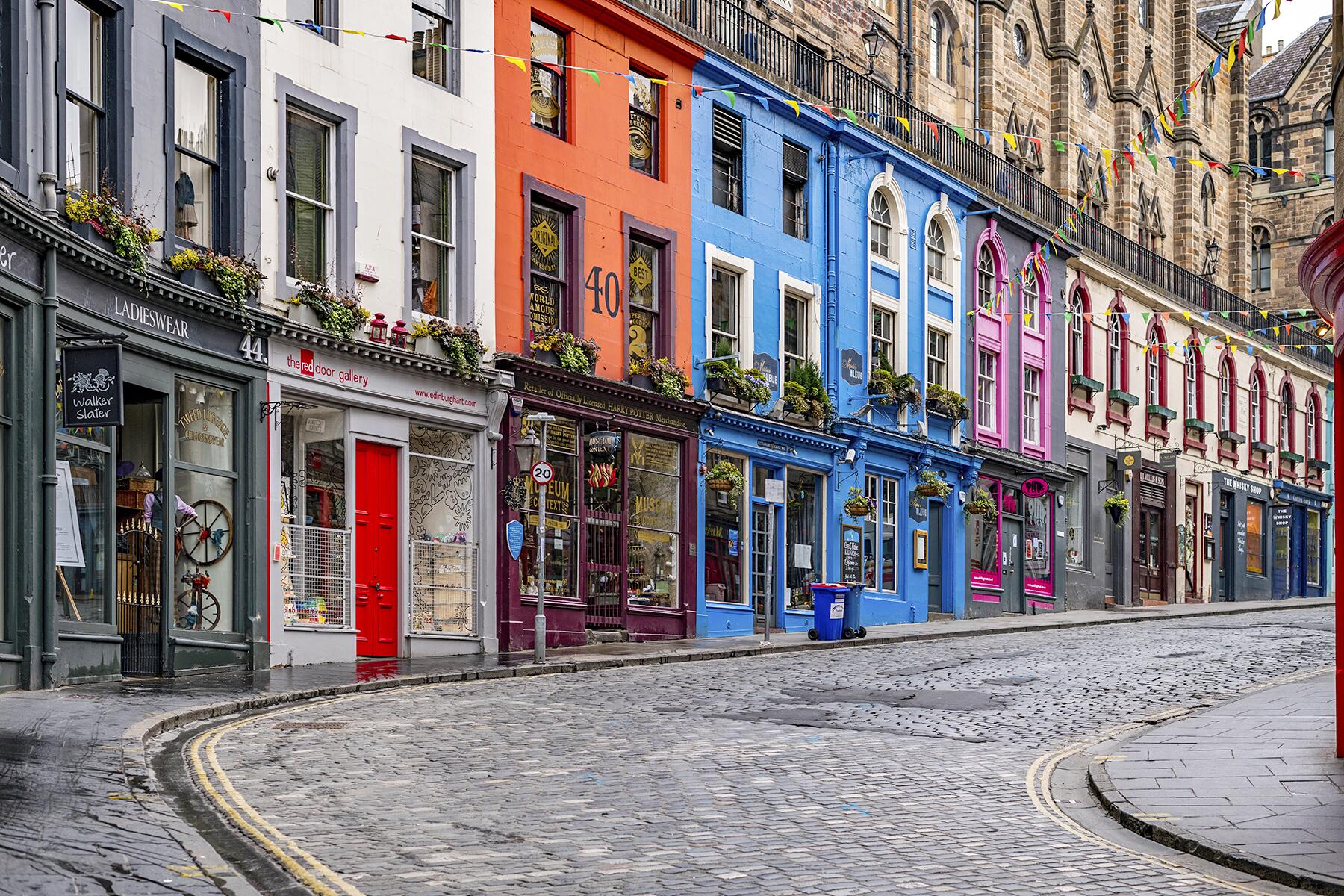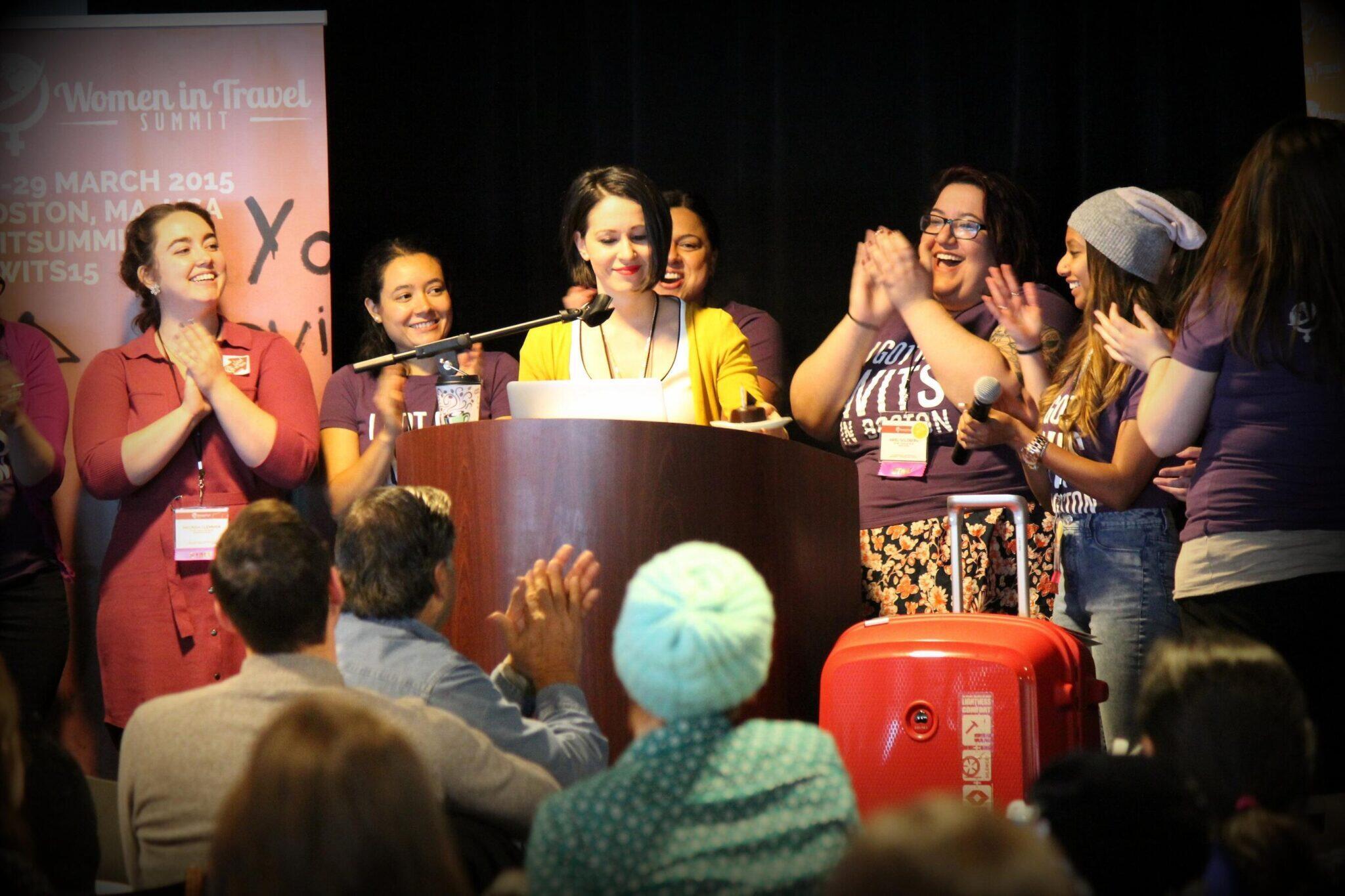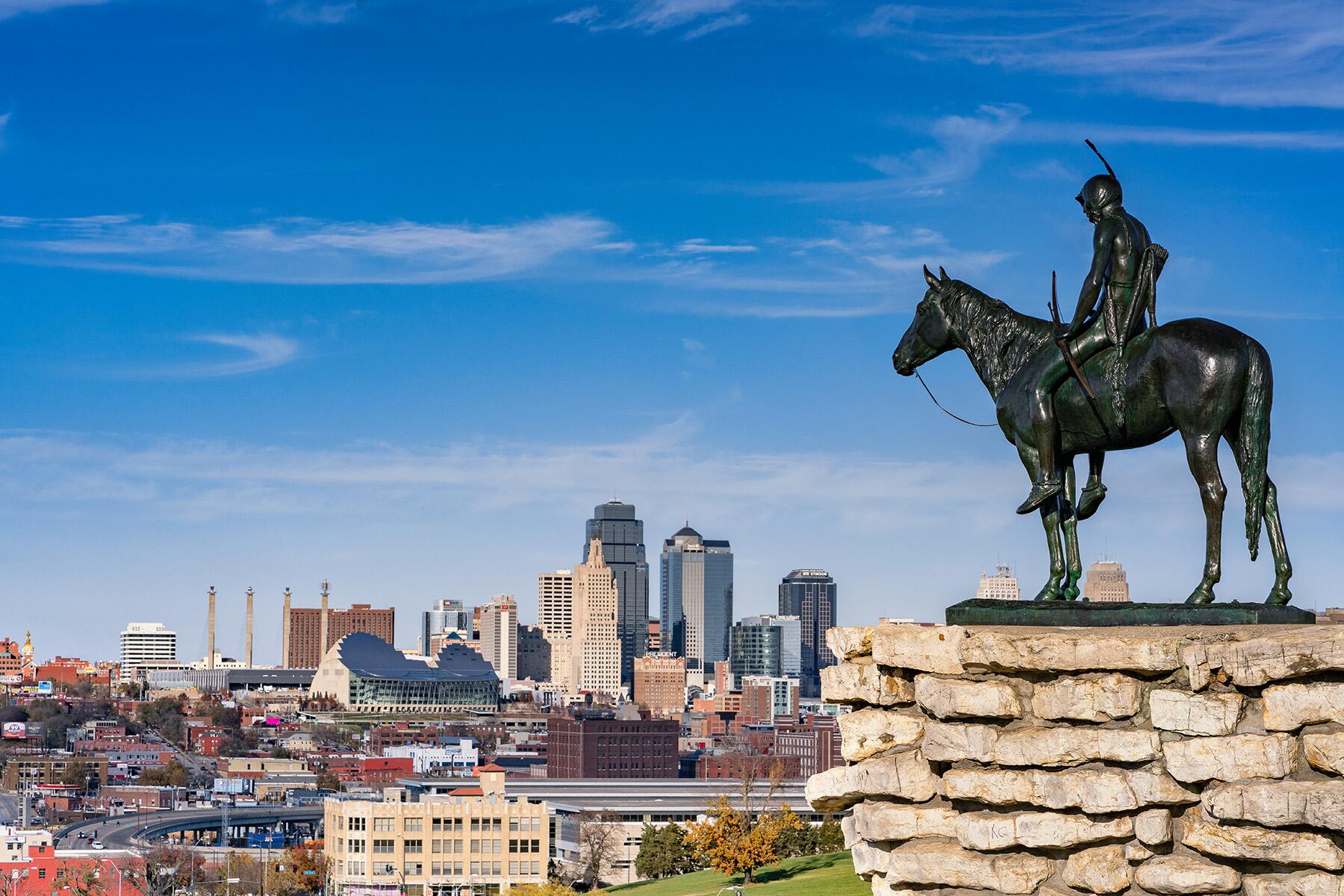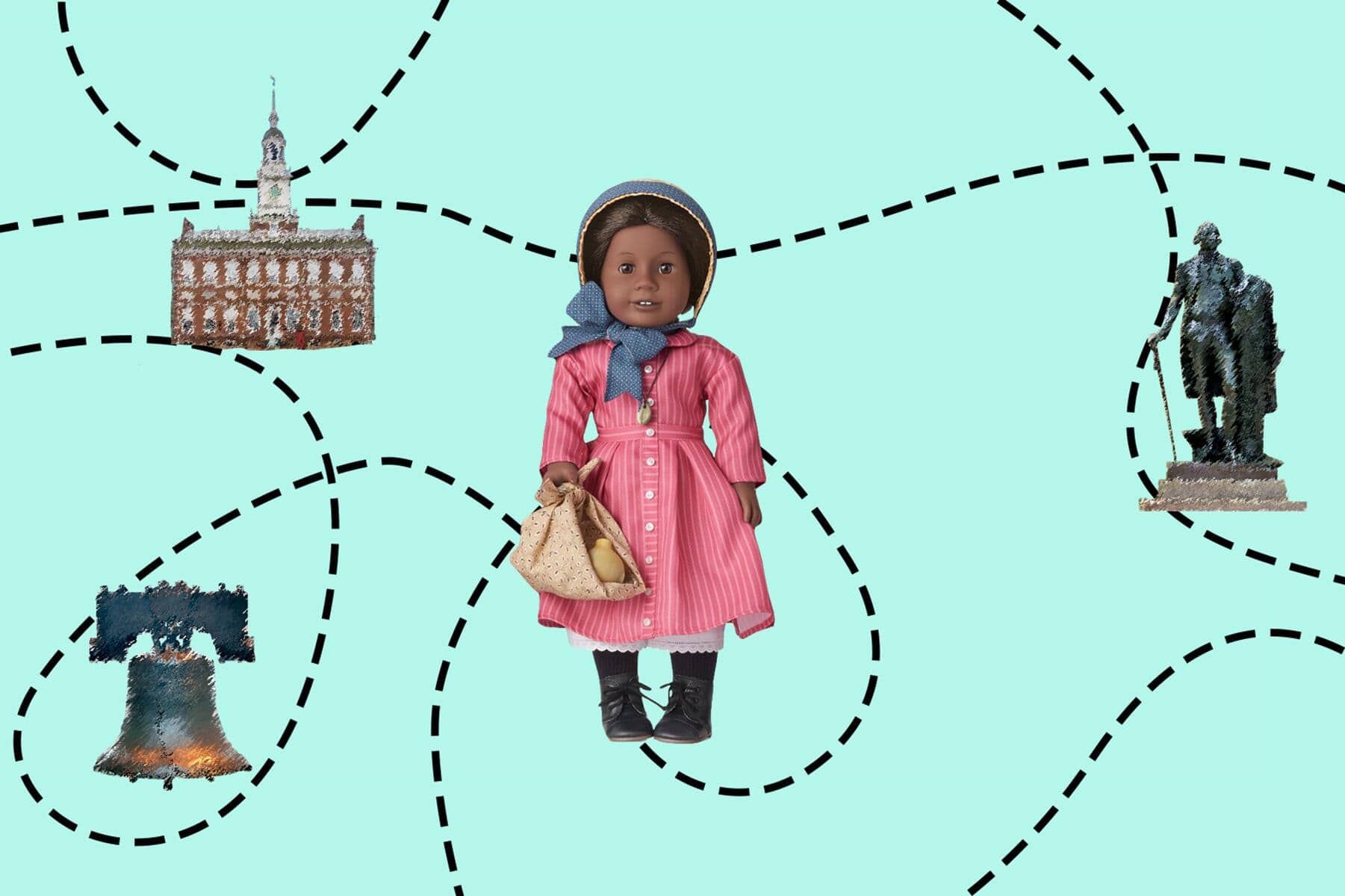Step back in time (and down nostalgia lane) and walk in the steps of the original American Girl Dolls.
Like most ‘90s kids, American Girls were a big, BIG part of my childhood. I read all the books, had a doll (Samantha, duh), and went to AG-themed parties. You name it. I was a fan. And the cool thing about American Girls, while not based on one historical figure, is that the books and characters are based on real events and eras in American history. The stories don’t shy away from adult topics like addiction, grief, or the horrifying lack of child labor laws in 1904. Those stories have stayed with me into adulthood.
So when American Girl dropped its 35th-anniversary collab with Stoney Clover Lane last year, my inner child astral projected, stole my credit card, and purchased an ungodly amount of packing cubes. It took me down a much-needed memory lane and got me thinking about the OG six–No, Kit does not count!–and where they would have lived in America. Was Maryville real? And what about Grandmary’s mansion? The folks at Mattel were kind enough to answer my very specific, enthusiastic questions about these discontinued dolls and I was able to pinpoint the real-life towns and attractions that inspired each story. Behold: Mini vacation itineraries for the entire OG lineup. Or string them all together for The Great American (Girl Doll) Road Trip.




